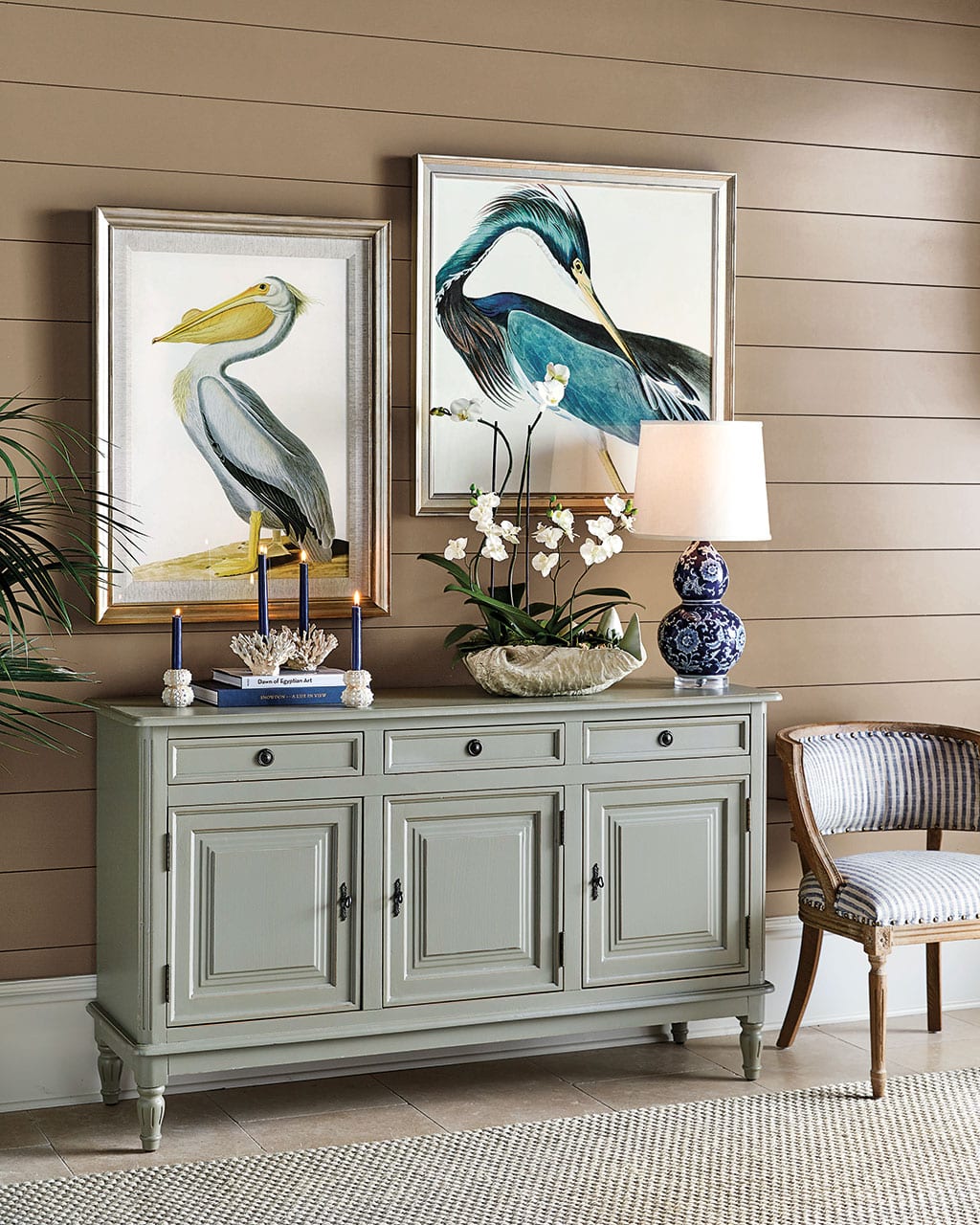HANGING WALL ART
Art is one of the greatest ways to give a vision as people walk into a property and did you know that people make up their mind about a place within a few minutes of entering it.
When walking into a home people may be inspired by new colours and consider how to improve their own style and ideas. They can also, if they are visiting to purchase, start feeling at home, depending on how the space communicates with them. There is when they make their decision on wether they can live in that space or not.
But the way you present your wall art can make or break the impact it has on the buyer – and as many of you know, attention to detail is of utmost importance when staging your house to be sold.
So what are the 4 key things to remember when you are hanging wall art.
1. Keep artwork in scale with the space
The biggest mistake most people make is hanging a picture that’s too small for the space. If you put a page-sized portrait on an expansive wall, it will be totally lost and ignored. To figure out how large a picture to hang on your wall, measure the width of the space (say, the area between two windows) and multiply that number by .57. The result is the ideal width of the painting you should centre in that space. This bit of arithmetic is based on decorators’ tried-and-true proportions, but you of course have a little leeway. You can also group smaller photos together to reach this number — just be sure to account for additional spacing between each.
Image Credit: Instagram
2. Hang artwork at eye level
Many people hang their pictures too high on the wall, thinking that there’s a lot of space to fill toward the ceiling. Not so! The centre of your artwork should be at eye level of the average person — (roughly 175cm). The one exception is with lettered signs, which are typically designed to be seen from a distance and can therefore be hung higher than eye level if you like.
3. Use art to accentuate the room
If you have beautiful tall ceilings, use art to draw your eyes upwards by hanging one piece on top of the other, rather than the more traditional way of side by side. Use ornate detail to embellish or highlight art pieces, and vice versa. Choose art that brings out the best of the room, and can help mask the less inspiring elements of a room.
Image credit: The Design Chaser
4. Make sure your art is lit correctly
Be conscious of the lighting around your artwork. Some art will only shine when light dances onto its surface in the correct way so ensure you investigate the light from windows and any artificial sources. Also be wary the beauty or detail of your favourite piece doesn’t get lost if it’s catching some rays. Placing artwork in direct sunlight exposes it to UV and infrared light, which will cause it to fade. Make sure pieces are positioned away from strong natural light sources to avoid damage.
If you stick to these four simple rules, you’re sure to be pleased with how your works of art transform the walls and ‘wows’ you or your potential homebuyers.





